Home>Garden Essentials>When Are Desert Rose Seed Pods Ready
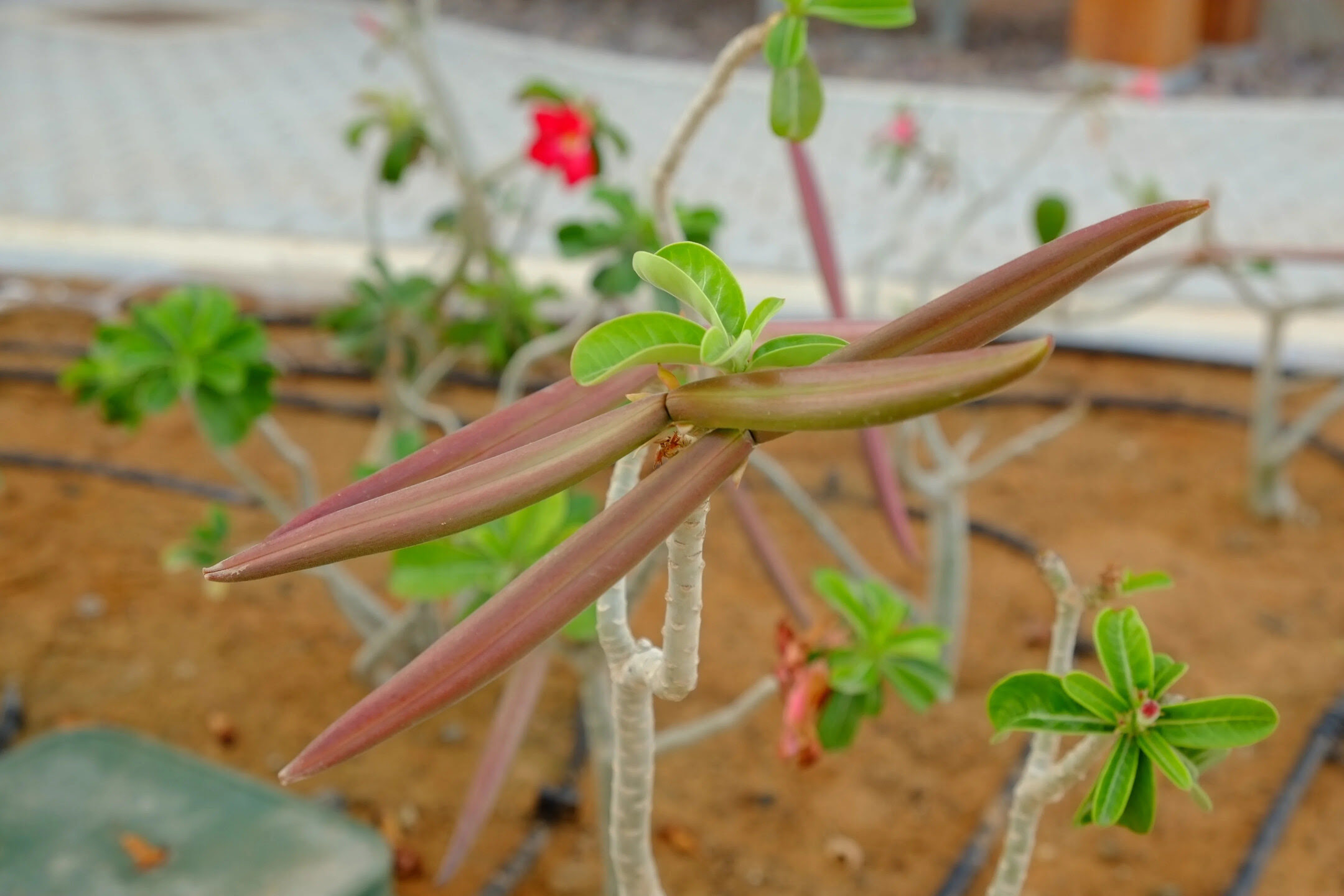

Garden Essentials
When Are Desert Rose Seed Pods Ready
Modified: May 6, 2024
Find out when the seed pods of desert rose are ready for your garden and learn how to harvest them effectively. Discover tips for successful gardening.
(Many of the links in this article redirect to a specific reviewed product. Your purchase of these products through affiliate links helps to generate commission for Storables.com, at no extra cost. Learn more)
Introduction
Welcome to the world of desert roses! These stunning succulents, also known as Adeniums, are beloved for their beautiful flowers and unique appearance. If you are a proud owner of a desert rose plant, you may have wondered about the seed pods that develop after the blooming season. When are desert rose seed pods ready for harvest? In this article, we will delve into the world of desert rose seed pods, exploring their characteristics and how to determine when they are ripe for picking. Let’s dive in!
Desert rose seed pods are the result of successful pollination of the flowers. After the blooms fade away, seed pods start to form and grow on the plant. These pods are fascinating structures that contain the seeds for future desert rose plants. Harvesting these seed pods is a rewarding experience for gardeners, as it allows them to propagate new desert roses and expand their collection. However, it is important to wait until the seed pods reach maturity to ensure optimal germination and successful propagation.
Understanding the lifecycle of desert rose seed pods is crucial to know when they are ready for harvesting. Initially, the seed pods are small and green, resembling a miniature version of a pepper or chili. As the seed pods mature, they undergo remarkable changes in color, texture, and size. It is essential to closely monitor the seed pods throughout their developmental stages to determine the ideal time for harvest.
So, how do you know when desert rose seed pods are mature and ready for harvesting? There are a few key signs to look out for. Firstly, the color of the seed pod will change from green to a light brown or tan shade. This indicates that the pod has reached maturity and the seeds inside are fully developed. Additionally, the seed pod will become firm to the touch, indicating that the seeds have hardened and are ready for germination.
Another important indicator is the drying of the seed pod. As the seed pod matures, it will start to dry out and shrink slightly. This drying process is crucial as it allows the pod to crack open and release the seeds. However, it is important to harvest the seed pod before it dries out completely to prevent the loss of seeds or damage to their viability.
Now that you know the signs of a mature desert rose seed pod, let’s move on to the next step: harvesting.
Key Takeaways:
- Desert rose seed pods are ready for harvest when they turn light brown, feel firm, and start to dry out. Harvest carefully and store seeds in a cool, dry place for future planting.
- To propagate new desert rose plants, clean and dry the harvested seeds, then scarify and soak them before planting in well-draining soil. Enjoy watching your desert rose family grow!
Read more: What Does A Desert Rose Seed Pod Look Like
Understanding Desert Rose Seed Pods
Desert rose seed pods are fascinating structures that play a vital role in the reproduction of these beautiful succulents. Understanding the anatomy and characteristics of these seed pods is essential for successful harvesting and propagation.
The seed pods of desert roses develop from the fertilized flowers. Once the flowers have been pollinated, the ovaries of the plant begin to mature and transform into seed pods. These pods are primarily composed of three main parts: the outer shell, the seeds, and the connective tissue.
The outer shell of the seed pod is what protects the developing seeds inside. In the early stages, the shell is green and pliable. As the pod matures, it changes color and texture, becoming harder and more rigid. The outer shell plays a crucial role in protecting the seeds from external factors and ensuring their viability until they are ready for dispersal.
Inside the seed pod, you will find the seeds themselves. Desert rose seeds are small, flat, and oval-shaped. They are usually dark brown or black in color. These seeds contain the genetic material required for the development of new desert rose plants. It’s important to note that not all seeds inside a seed pod will be viable. Some may be underdeveloped or damaged, while others may have the potential to sprout and grow into new plants.
Connecting the seeds within the pod is the connective tissue. This tissue is responsible for anchoring and nourishing the seeds during their development. It also acts as a conduit for water and nutrients to ensure the optimal growth of the seeds.
Desert rose seed pods can vary in size and shape, depending on the specific variety of Adenium. Some seed pods may be small and narrow, while others can be larger and more rounded. Regardless of their size, the maturity and readiness for harvest can be determined by the signs we discussed earlier.
By understanding the anatomy and characteristics of desert rose seed pods, you can better appreciate the intricacies of the desert rose plant’s reproductive process. Harvesting these pods at the right time will not only enable you to propagate new plants but also ensure the viability and success of the seeds within.
Signs of Maturity
Knowing when desert rose seed pods are mature and ready for harvest is essential to ensure the highest chances of successful propagation. There are a few key signs to look out for that indicate a seed pod’s maturity.
One of the primary indicators of a mature seed pod is a change in color. As the seed pod develops, it will transition from a vibrant green color to a lighter hue, usually ranging from pale brown to tan. This change in color is a reliable sign that the pod has reached maturity and that the seeds inside have fully developed.
In addition to the color change, the firmness of the seed pod is an essential sign of maturity. When you gently squeeze a mature seed pod, it should feel firm and solid. This firmness indicates that the seeds have hardened and are ready for germination. On the other hand, if the seed pod feels soft or pliable, it is an indication that the seeds are not fully developed and the pod needs more time to mature.
The drying process is another crucial aspect to consider when determining the maturity of a seed pod. As the seed pod reaches maturity, it will begin to dry out. This drying process is important as it allows the pod to split open and release the seeds. However, it is crucial to harvest the seed pod before it completely dries out. If the pod becomes too dry, it may crack and disperses the seeds prematurely, leading to potential loss of seeds or reduced viability.
Observing the size of the seed pod can also provide insights into its maturity. As the pod matures, it may slightly shrink in size. However, it’s important to note that the size alone is not a reliable indicator of maturity, as different varieties of desert roses can have seed pods of varying sizes.
Lastly, timing is essential when determining the maturity of desert rose seed pods. Most seed pods require around two to three months to mature after pollination. However, the exact time can vary depending on factors such as temperature, humidity, and growing conditions. Carefully monitoring the development of the seed pods and observing the signs mentioned above will help you determine the ideal time for harvesting.
By paying close attention to the color, firmness, drying process, and size of the seed pods, as well as considering the timing, you will be able to identify when your desert rose seed pods have reached maturity and are ready for harvest. Harvesting at the right time will ensure that your seeds are viable and have the best chance of sprouting and growing into healthy desert rose plants.
Wait until the desert rose seed pods turn brown and start to split open before harvesting. This indicates that the seeds are mature and ready for collection.
Harvesting Desert Rose Seed Pods
Harvesting desert rose seed pods is an exciting and rewarding process that allows you to collect and propagate new plants. Once the seed pods have reached maturity, it’s time to carefully harvest them to ensure successful germination. Here is a step-by-step guide to harvesting desert rose seed pods.
1. Timing is key: Before harvesting, it’s important to wait until the seed pods have reached maturity. As discussed earlier, look for signs such as a change in color, firmness, and drying of the pod. By assessing these indicators, you can ensure that the seeds inside the pod are fully developed and ready for propagation.
2. Gather your materials: You will need a pair of clean, sharp pruning shears or scissors to cut the seed pods from the plant. Additionally, have a clean container or tray ready to collect the harvested seed pods.
3. Prepare the plant: Start by gently inspecting the plant and identifying the mature seed pods. They can be located on the stem where the flowers used to be. Carefully remove any dead or wilted seed pods to avoid confusion and to allow better airflow around the healthy pods.
4. Harvesting the seed pods: Hold the seed pod gently but firmly with one hand to stabilize it. Use the pruning shears or scissors to cut the stem just above the base of the seed pod. Make a clean and precise cut to avoid damaging the pod or the seeds within.
5. Collect the seed pods: As you harvest each seed pod, place it directly into the clean container or tray. This will help prevent any accidental damage or loss of seeds during the process. Handle the seed pods with care to avoid any unnecessary stress on the plants or seeds.
6. Remove any remaining foliage: Once you have harvested all the seed pods, remove any remaining foliage from the tray or container. This will prevent mold and decay from affecting the pods and seeds during the drying process.
7. Drying the seed pods: Place the seed pods in a dry and well-ventilated area, away from direct sunlight. Allow the pods to air dry for about two to three weeks, or until they are completely dry and the outer shell shrinks slightly. This drying process is crucial to ensure that the seed pods crack open easily and release the seeds.
8. Seed extraction: Once the seed pods are fully dry, gently twist or crack them open to release the seeds. Be careful not to break or damage the seeds. Collect the seeds in a separate container and discard the empty shells.
9. Storing the seeds: Store the harvested seeds in a cool, dry place in a labeled envelope or airtight container. Make sure to include the date of harvest and any relevant information for future reference. Proper storage will help maintain seed viability for a longer period.
Now that you have successfully harvested and collected the desert rose seed pods, you can move on to preparing the seeds for planting or storing them for future use. Enjoy the process of propagation and watching your desert rose family expand!
Storing and Preparing Seeds
Once you have harvested and collected the seeds from your desert rose seed pods, it’s important to properly store and prepare them for future planting or propagation. Proper seed storage ensures the longevity and viability of the seeds. Here are the steps to follow for storing and preparing desert rose seeds.
1. Cleaning the seeds: Before storing the seeds, it’s important to remove any debris or remaining plant material. You can gently blow on the seeds or use a small, soft brush to clean off any particles. Be careful not to damage the seeds during this process.
2. Seed drying: To further ensure seed viability, it’s crucial to dry the seeds thoroughly before storage. Place the cleaned seeds on a tray or paper towel in a cool and dry location. Allow them to air dry for about a week or until they are completely dry. Proper drying will prevent the seeds from molding or rotting during storage.
3. Storage containers: Choose a suitable container for storing the seeds. It should be clean, airtight, and moisture-resistant. Options include small envelopes, labeled seed packets, or sealed plastic bags. The important thing is to ensure that no moisture can enter the container and compromise the seeds.
4. Labeling: It’s essential to label the storage container with the variety of desert rose, the date of harvest, and any other relevant information. This will help you keep track of the seeds and ensure accurate records for future reference.
5. Ideal storage conditions: To maintain seed viability, store the seeds in a cool and dry place. A temperature of around 40-50 degrees Fahrenheit (4-10 degrees Celsius) is ideal. Avoid storing the seeds in areas exposed to direct sunlight or fluctuating temperatures, as this can damage their ability to germinate.
6. Length of storage: Desert rose seeds can remain viable for several years if stored properly. However, it is generally recommended to use the seeds within one to two years for the highest germination success rate. Older seeds may have reduced viability and a lower chance of sprouting.
7. Preparing for planting: When you’re ready to plant the desert rose seeds, it’s essential to prepare them properly. Scarification is a technique that can enhance germination rates for desert rose seeds. It involves gently nicking or scratching the seed coat to facilitate water absorption. Use a small file or sandpaper to carefully scarify the seed coat, being cautious not to damage the embryo inside.
8. Soaking the seeds: After scarification, soak the seeds in warm water for 24 hours. This helps to further soften the seed coat and initiate the germination process.
9. Planting the seeds: Once the seeds have been scarified and soaked, plant them in well-draining soil or a seed-starting mix. Place the seeds about 1/4 to 1/2 inch deep in the soil, and keep the soil consistently moist but not overly wet. Place the planted seeds in a warm and sunny location to encourage germination.
By following these steps for storing and preparing desert rose seeds, you will increase the likelihood of successful germination and the growth of healthy desert rose plants. Enjoy the journey of cultivating and expanding your desert rose collection!
Read more: How To Plant Desert Rose Seeds
Conclusion
Congratulations on becoming an expert in harvesting and storing desert rose seed pods! By understanding the signs of maturity and following the proper techniques for harvesting, storing, and preparing the seeds, you have set yourself up for success in propagating new desert rose plants.
Desert rose seed pods are fascinating structures that hold the potential for new life. Throughout their development, these seed pods undergo remarkable changes in color, firmness, and size, indicating their readiness for harvest. By patiently waiting until the seed pods are mature, you ensure that the seeds inside have reached their full potential for germination.
Harvesting the desert rose seed pods requires careful handling and precise cutting to preserve the seeds’ integrity. Collecting the pods in a clean container allows for easy seed extraction, while drying them in a well-ventilated area ensures optimal cracking and release of the seeds. Storing the seeds in suitable containers with proper labeling and maintaining ideal storage conditions will keep them viable for future use.
When you’re ready to plant the seeds, remember to prepare them by cleaning and drying them thoroughly. Scarification and soaking techniques can enhance germination rates and kickstart the growth process for your desert rose plants. Plant the prepared seeds in well-draining soil and provide them with adequate moisture and sunlight for successful sprouting.
By incorporating these steps into your desert rose gardening journey, you can expand your collection and create a thriving oasis of these stunning succulents. Always remember to exercise patience and care throughout the process, as nurturing new life takes time and dedication.
As you enjoy the beauty of your desert rose plants, don’t forget to share your knowledge and experiences with fellow gardeners. By spreading the joy and understanding of desert rose seed pods, you contribute to the growth and appreciation of these unique and captivating plants.
So, keep an eye on those desert rose seed pods, and when the time is right, dive into the enchanting world of harvesting, storing, and preparing desert rose seeds. Happy gardening!
Now that you've learned about harvesting desert rose seed pods, why stop there? Your garden awaits new companions. Dive into our guide on what to plant in the garden to find perfect matches for your outdoor sanctuary. Curious about costs? Our article on how much are flower seeds offers valuable insights into pricing, ensuring you get the best deals for beautifying your space. Both pieces are packed with tips to refine your gardening craft, letting you nurture a thriving, bloom-filled haven.
Frequently Asked Questions about When Are Desert Rose Seed Pods Ready
Was this page helpful?
At Storables.com, we guarantee accurate and reliable information. Our content, validated by Expert Board Contributors, is crafted following stringent Editorial Policies. We're committed to providing you with well-researched, expert-backed insights for all your informational needs.
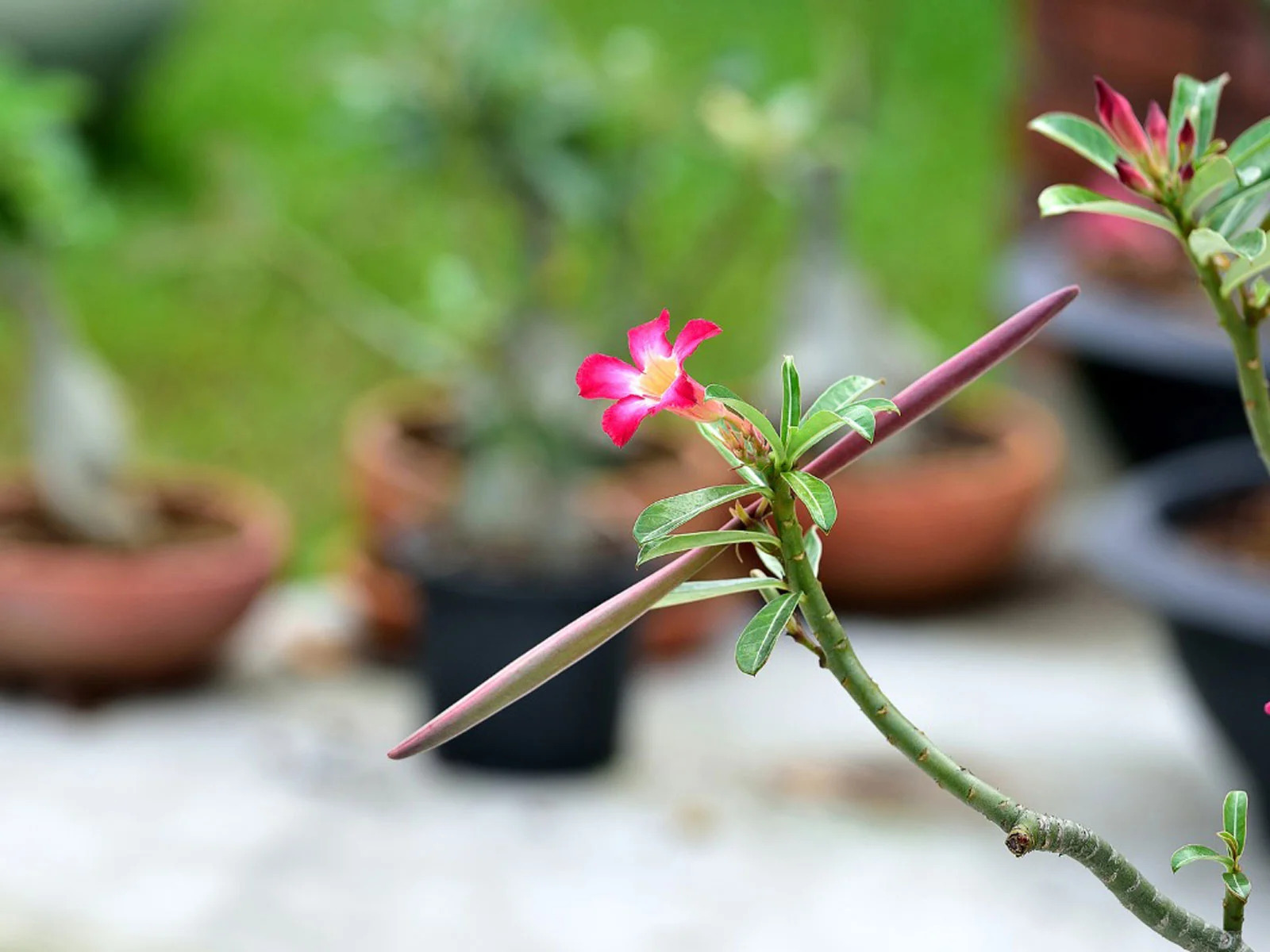
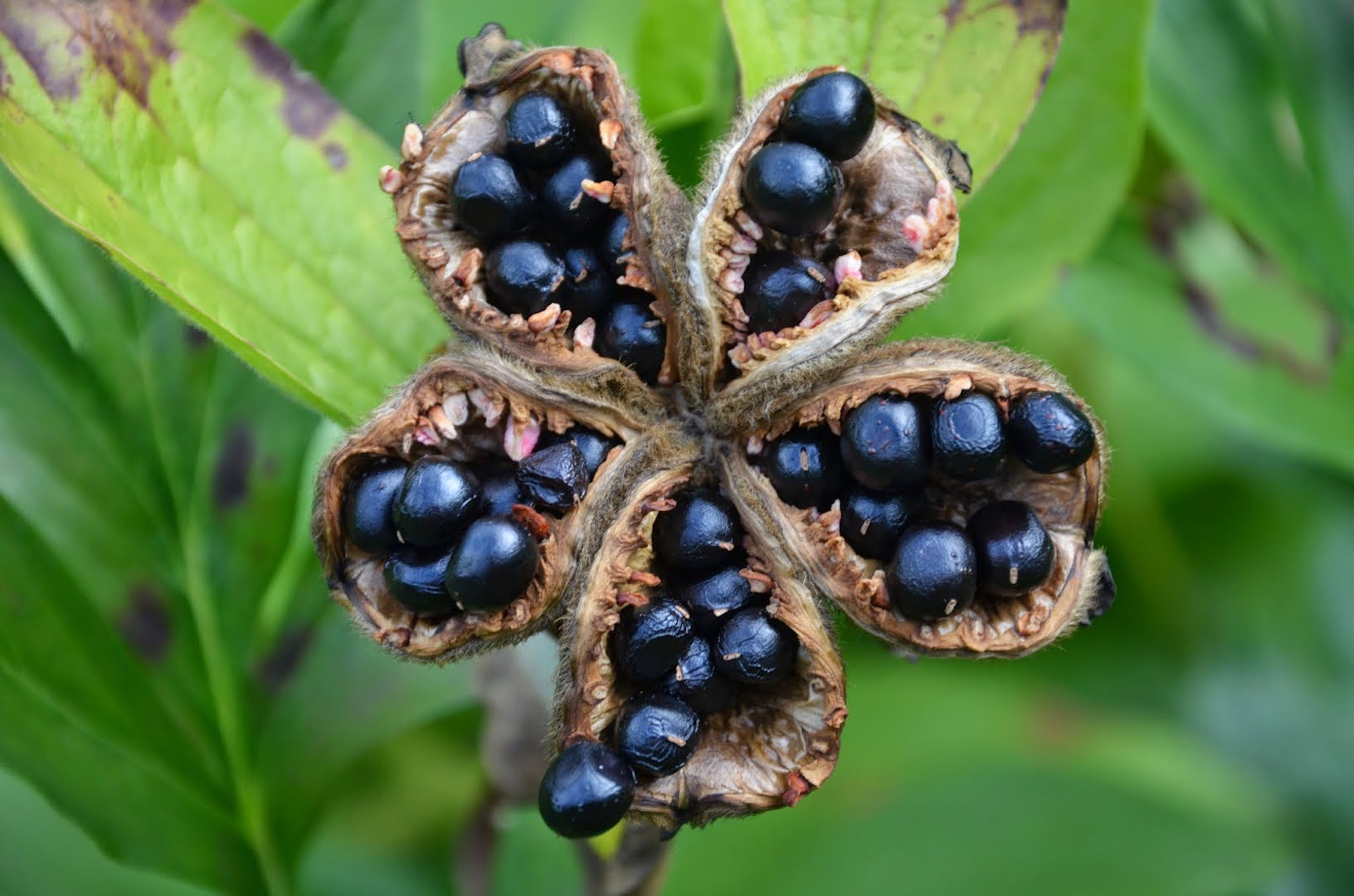
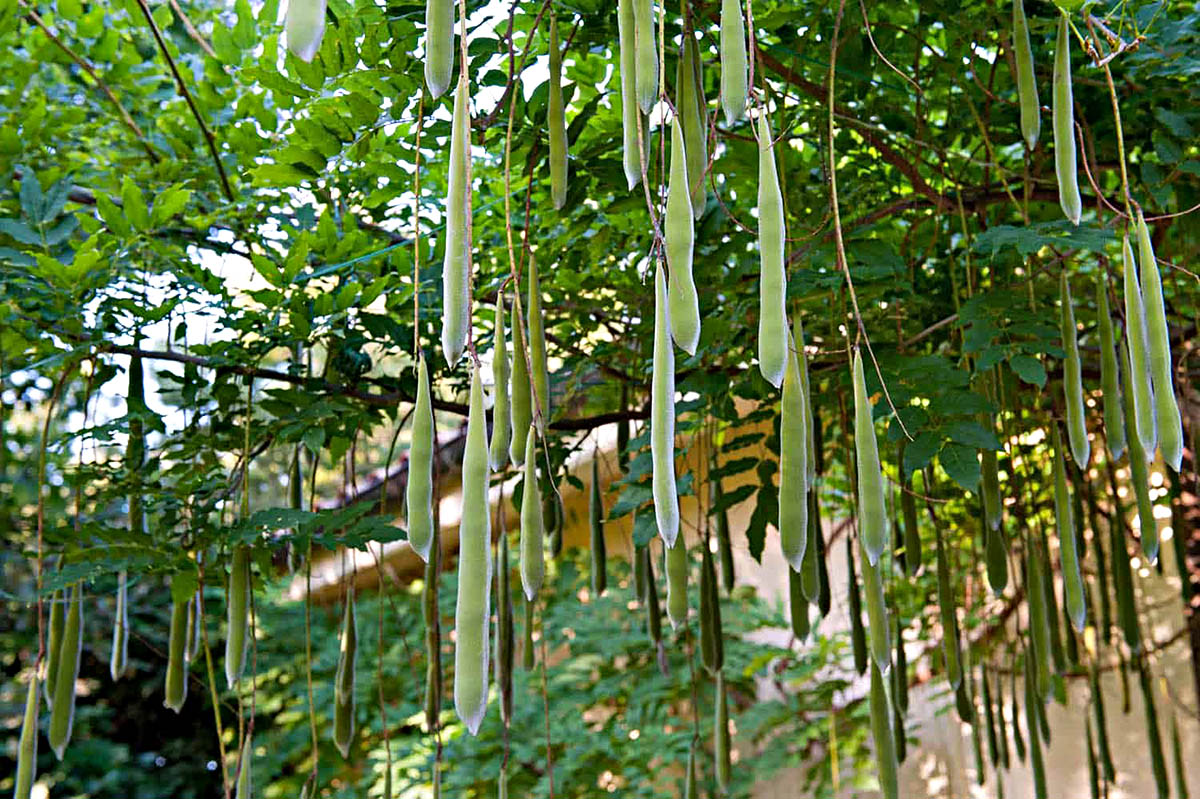

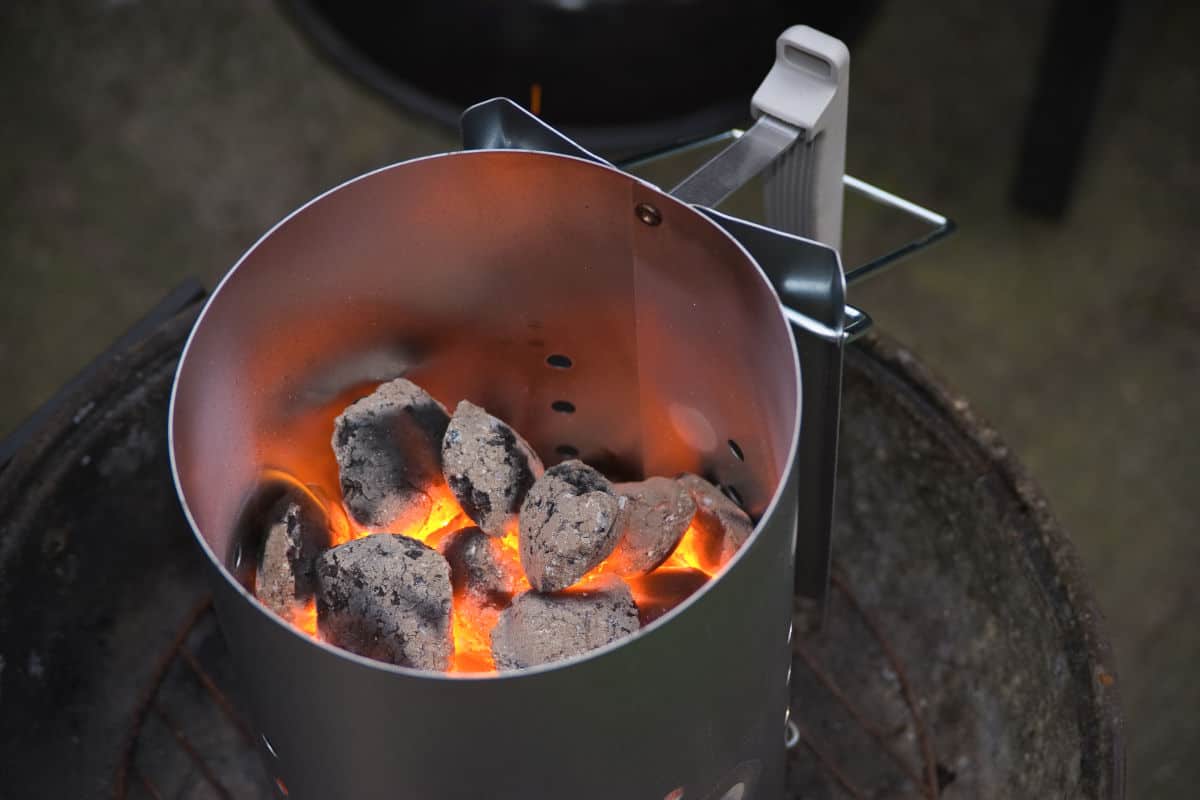
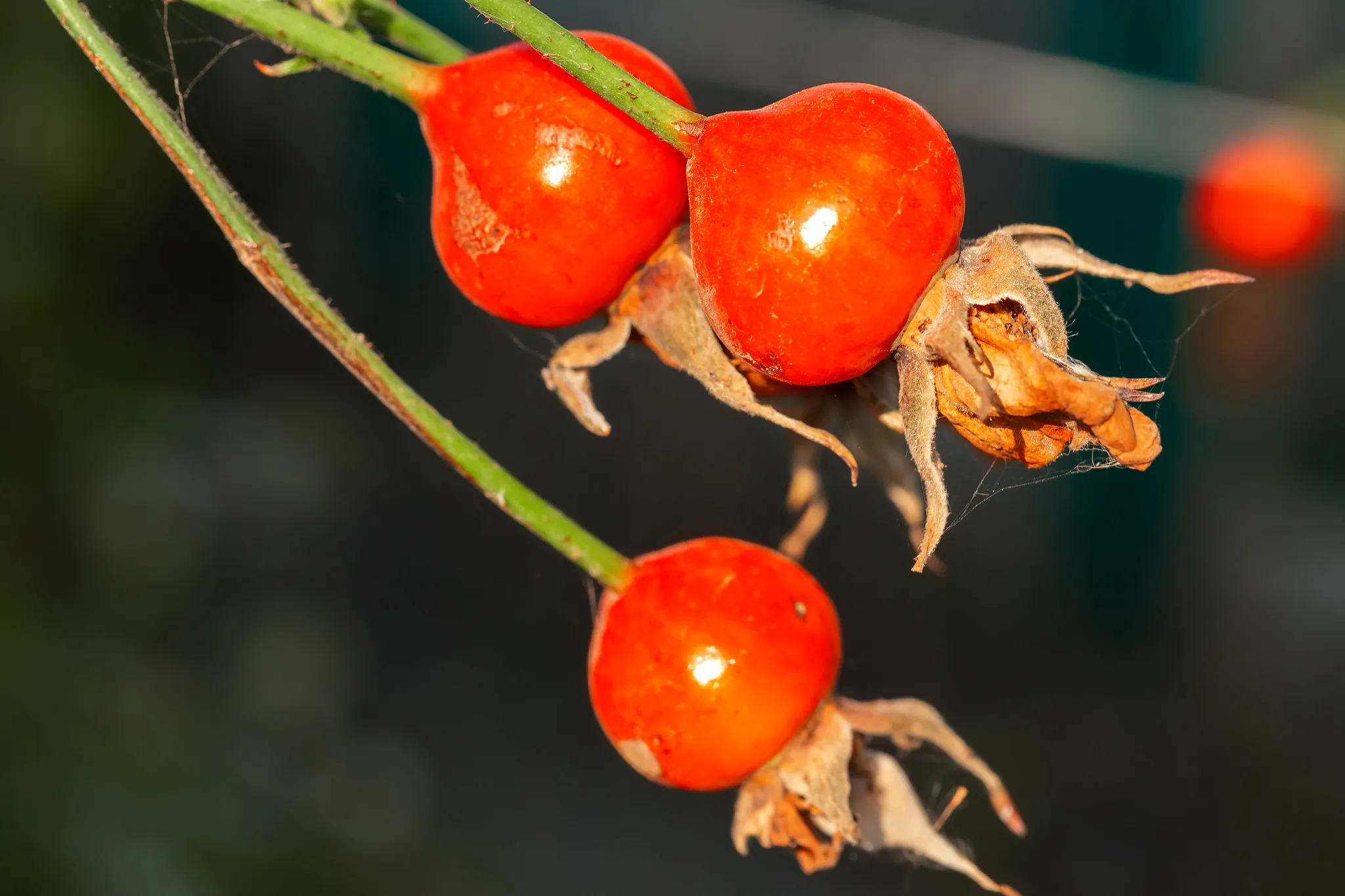
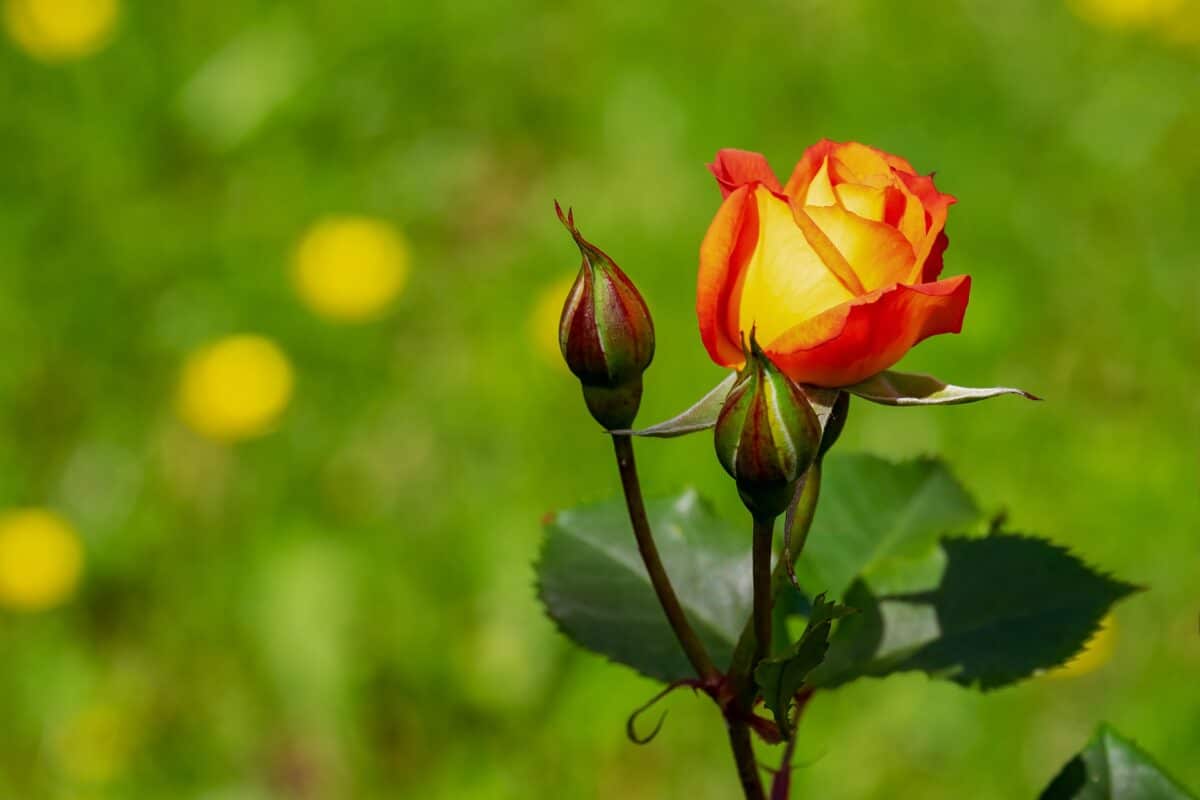
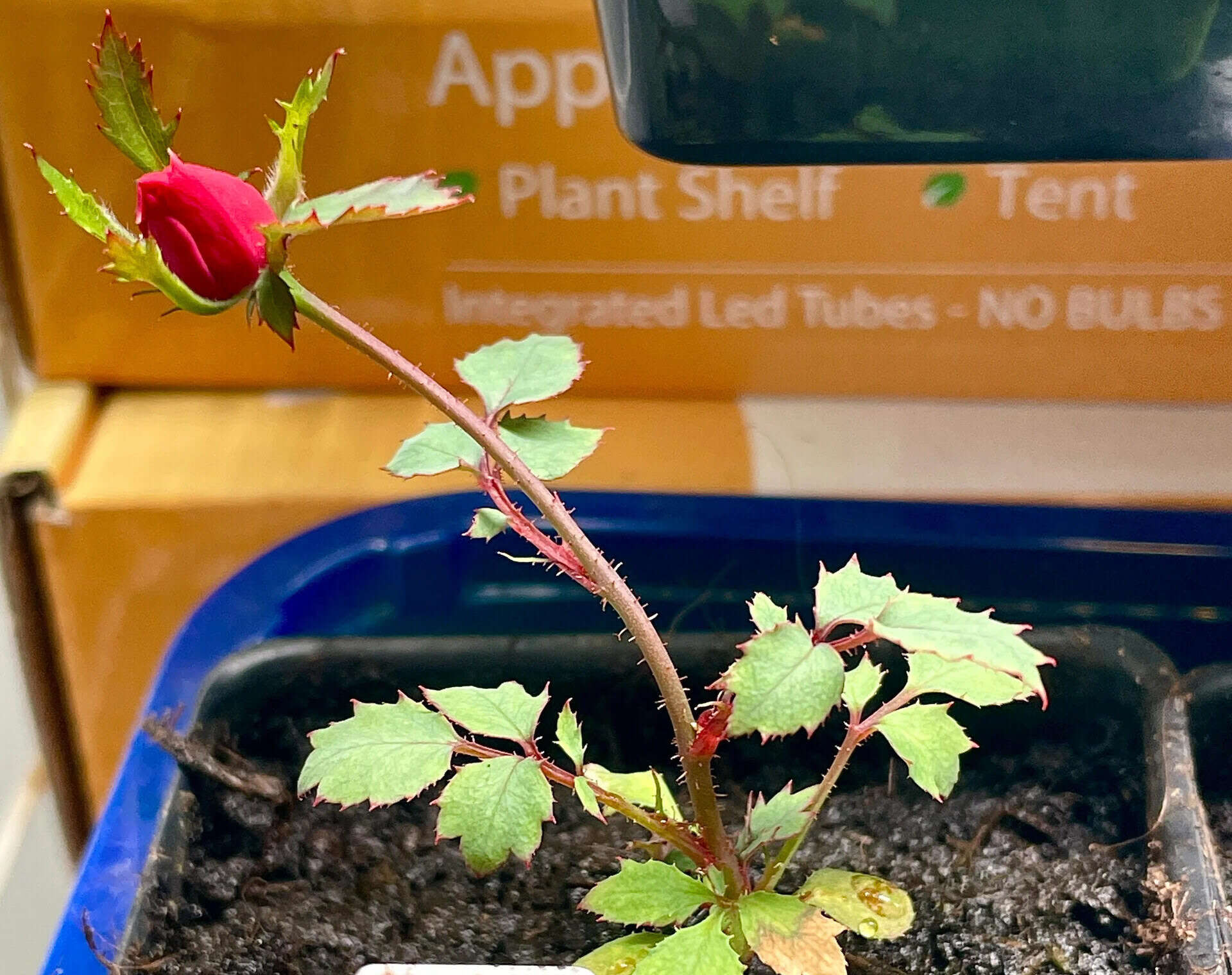
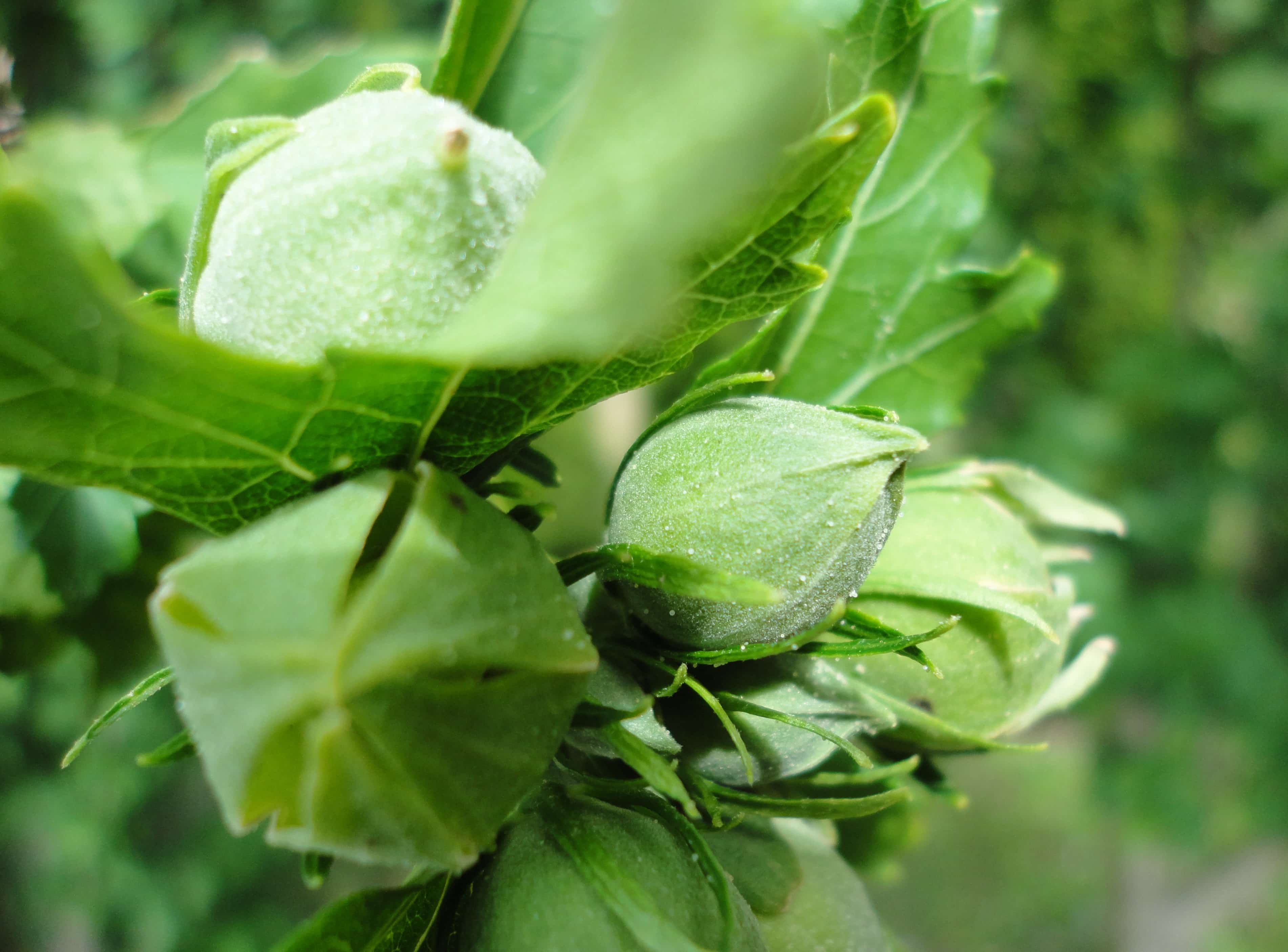
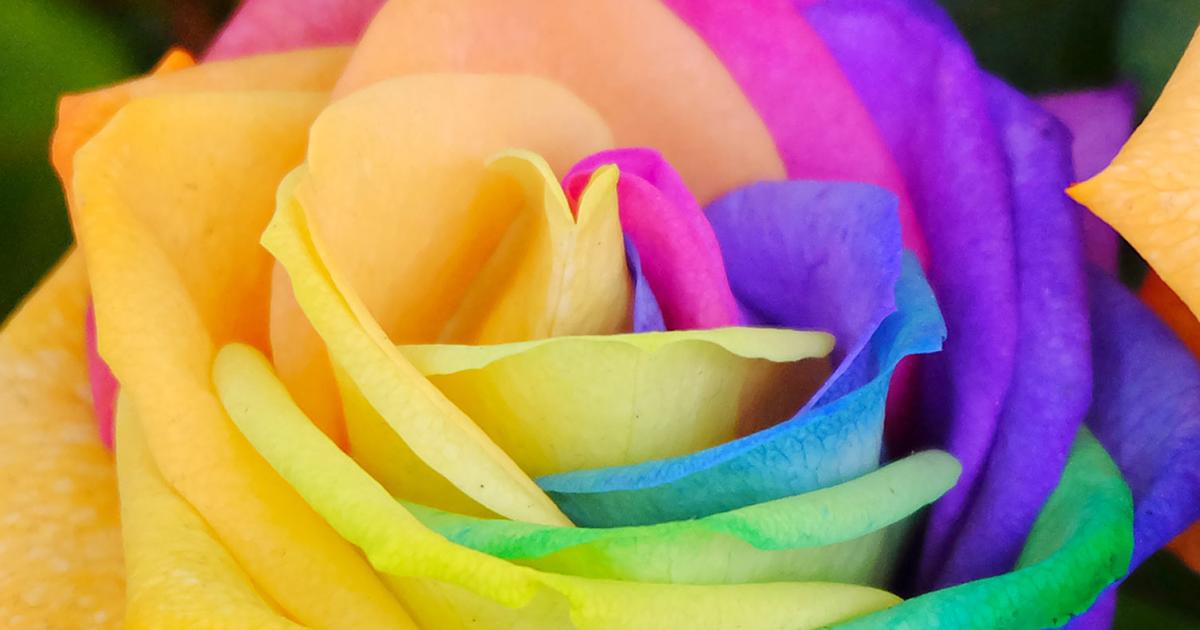
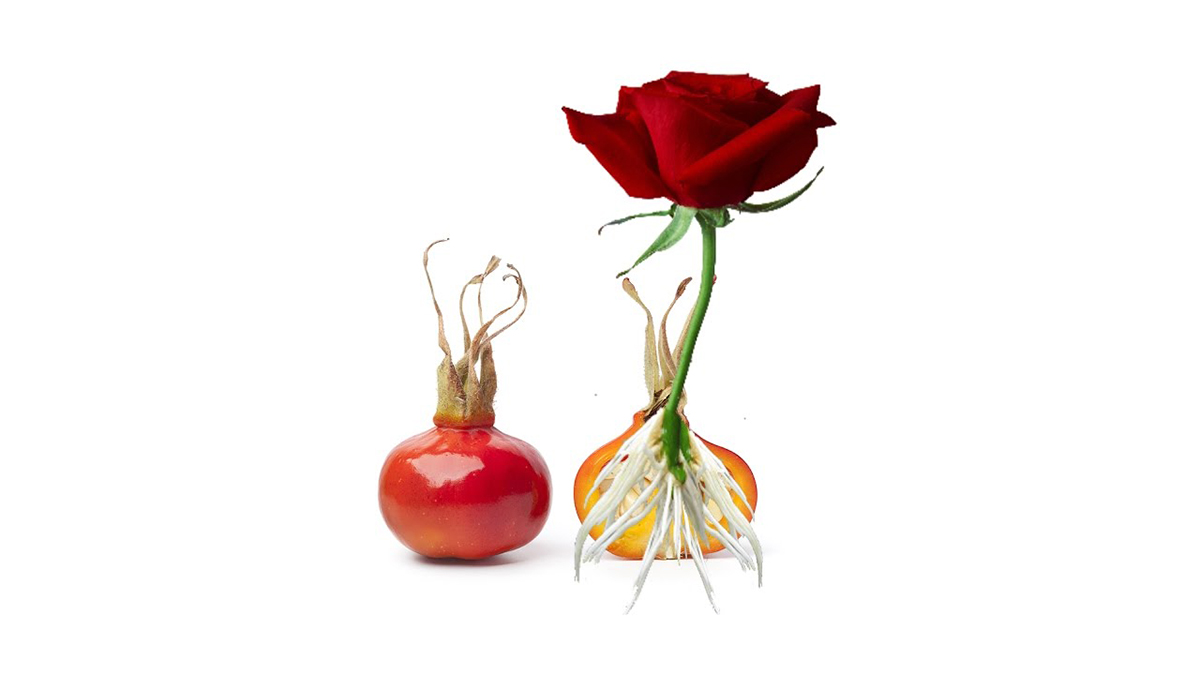
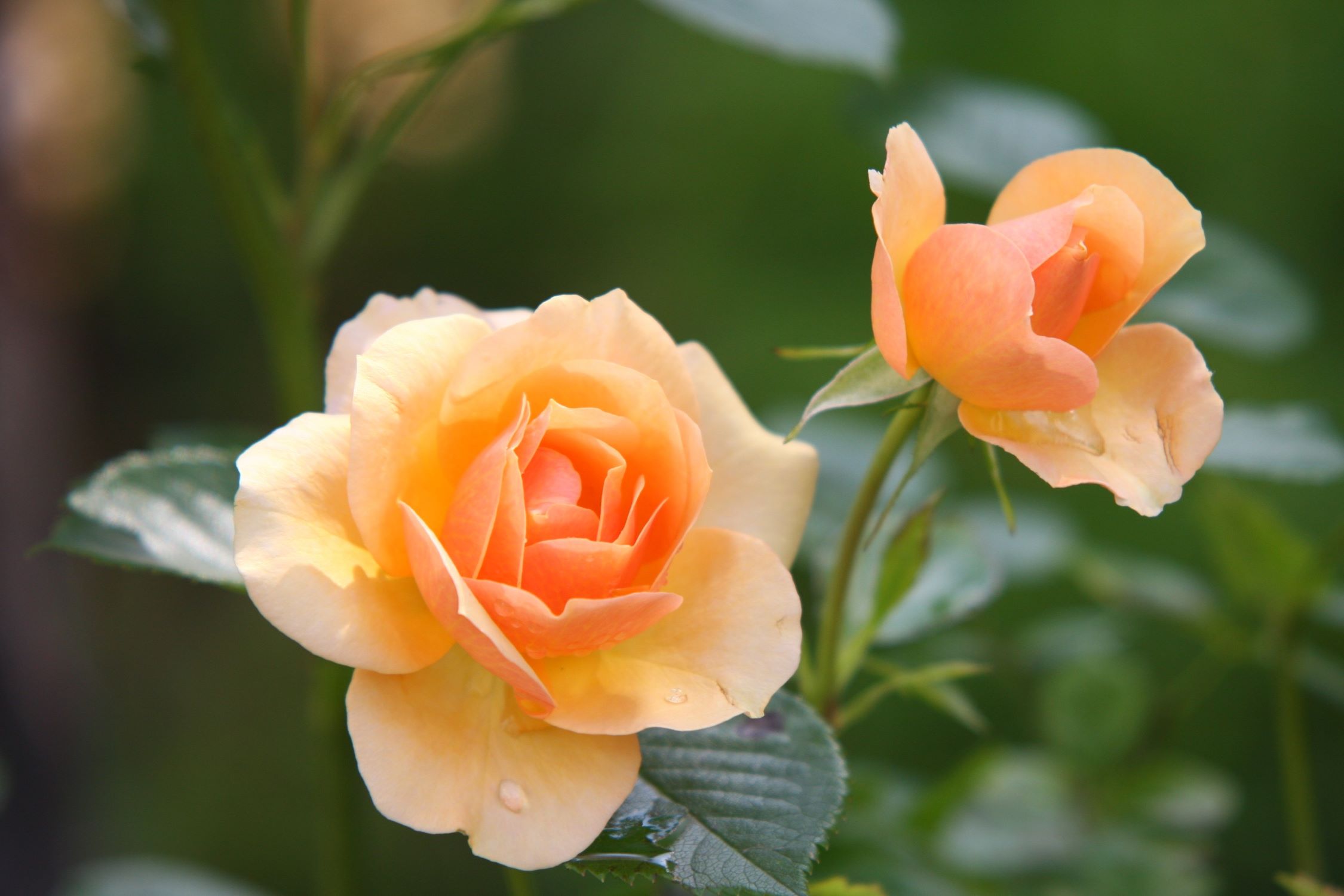
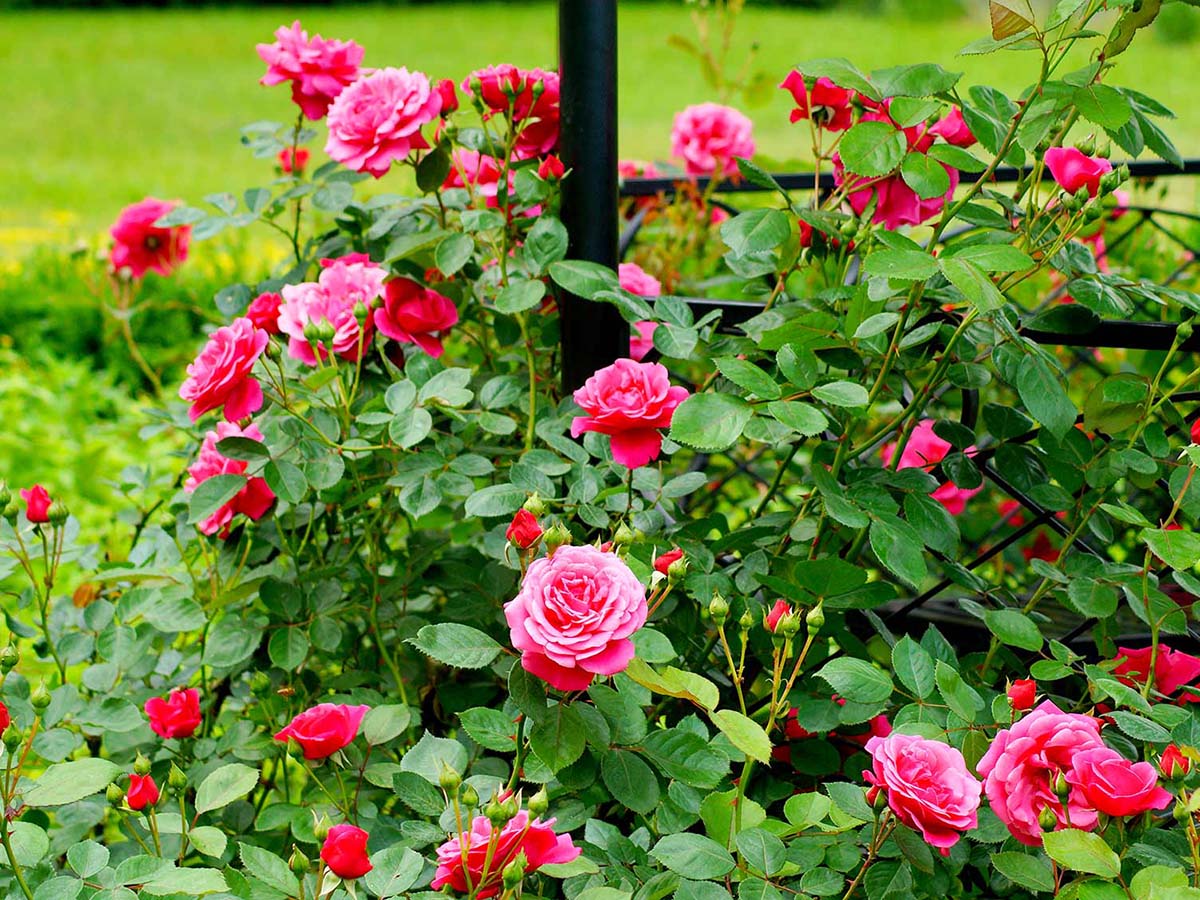
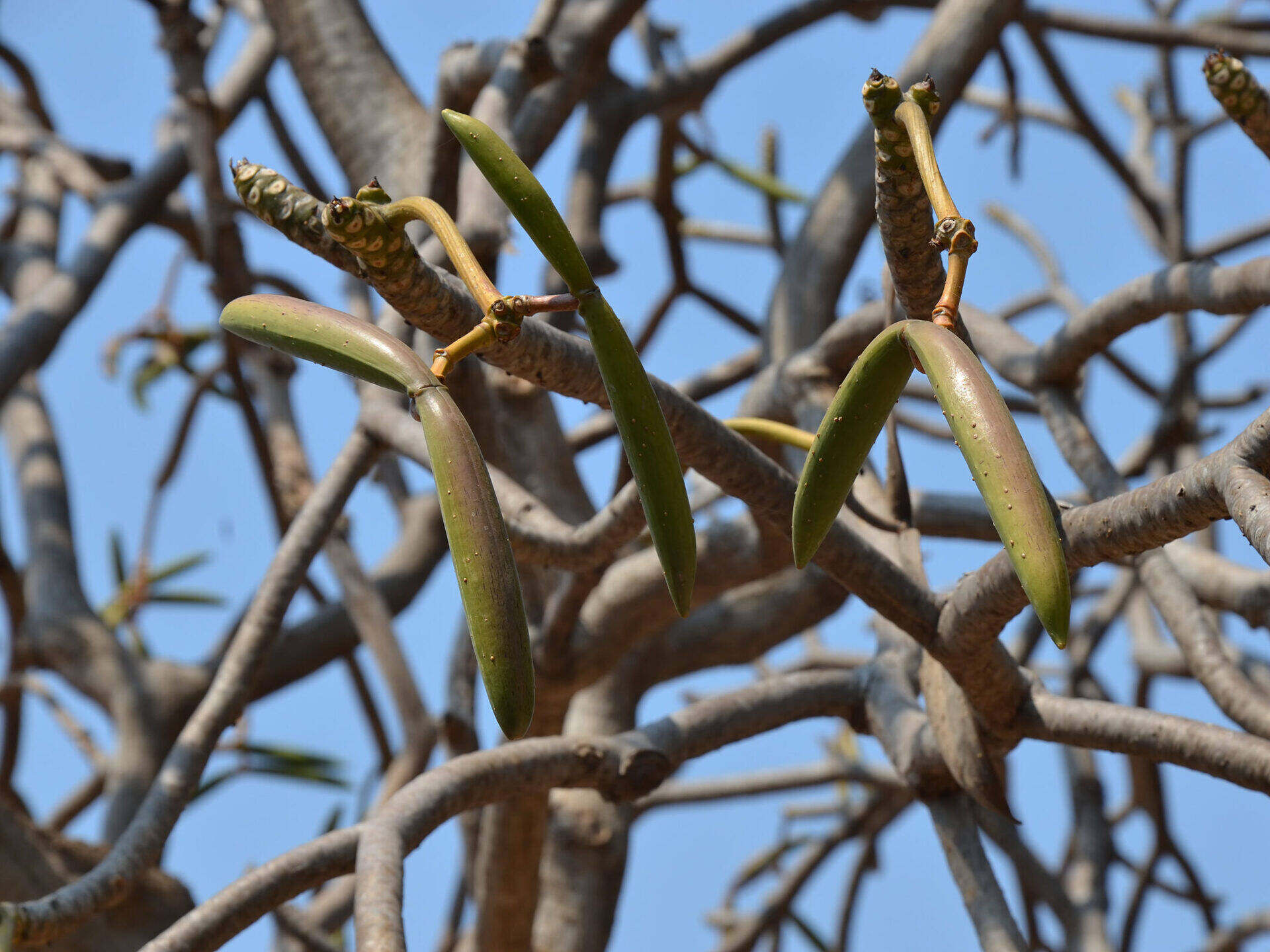

0 thoughts on “When Are Desert Rose Seed Pods Ready”